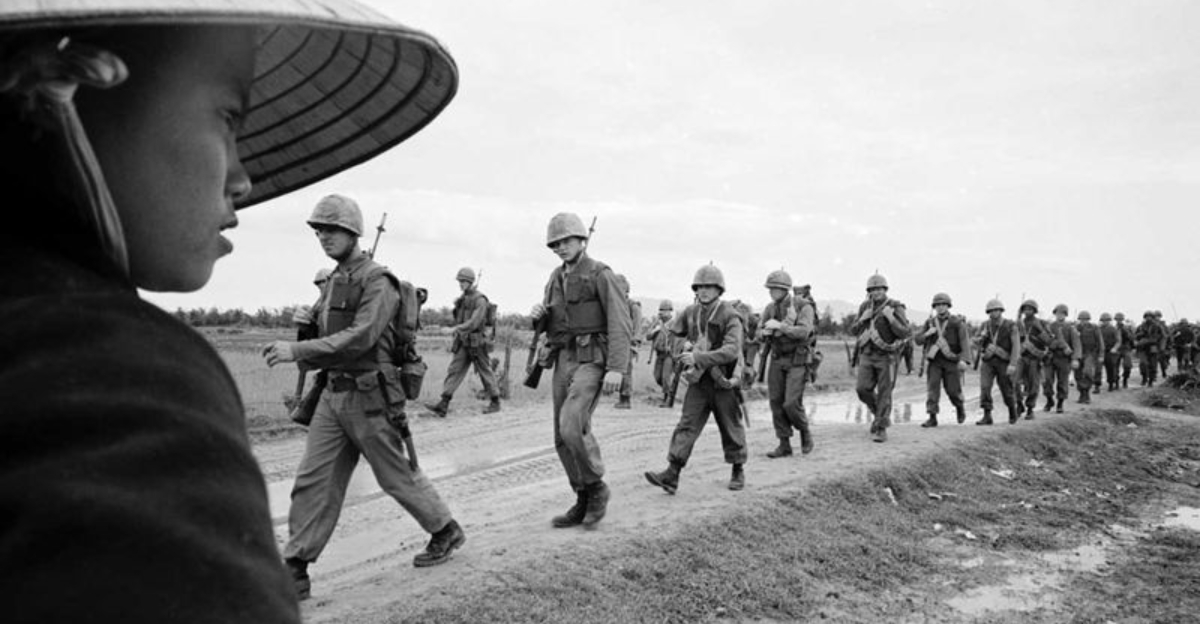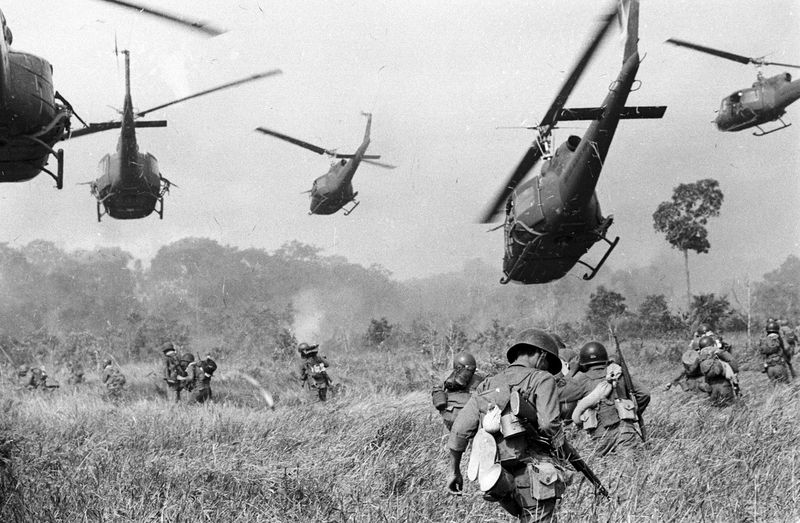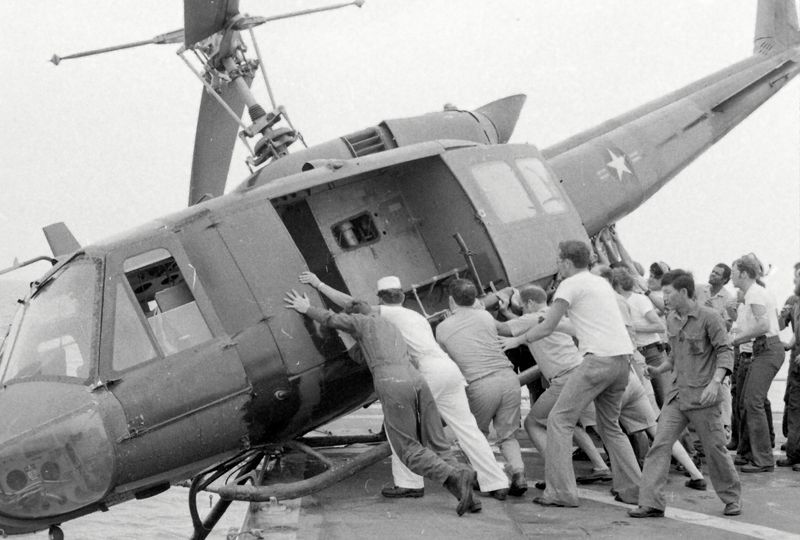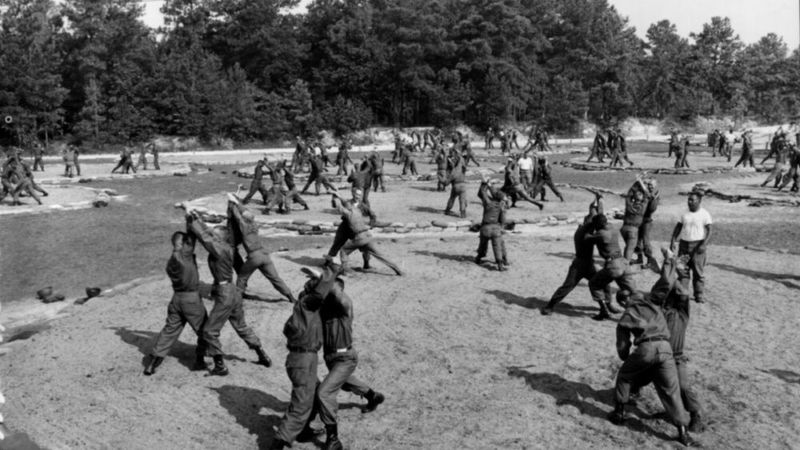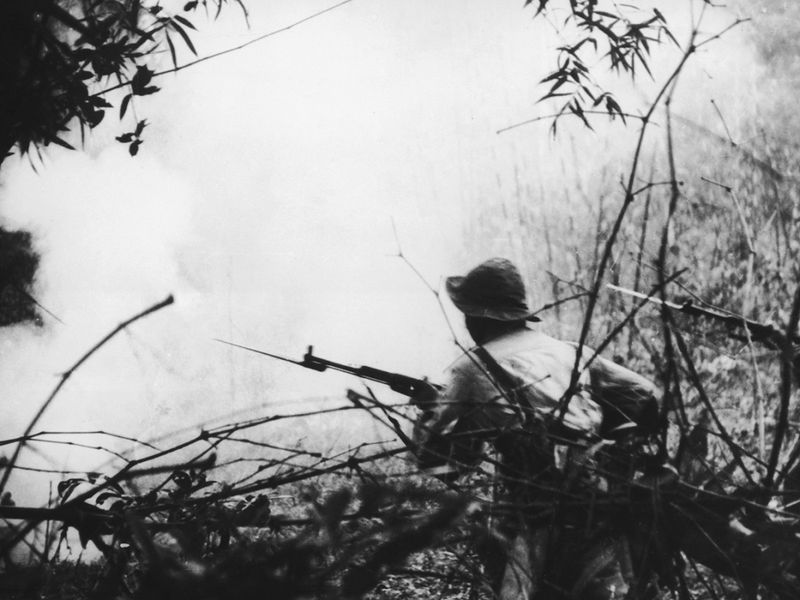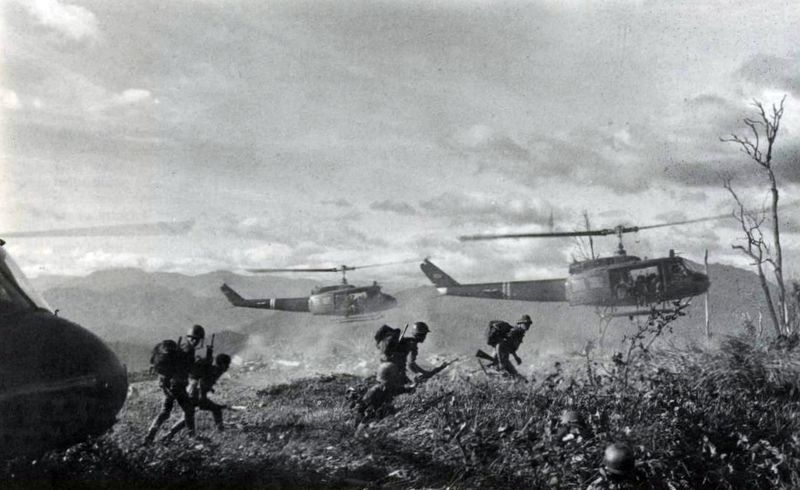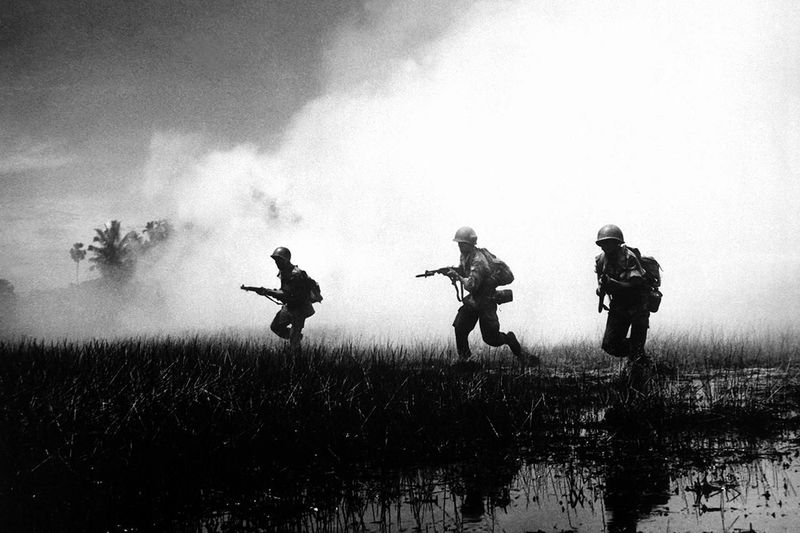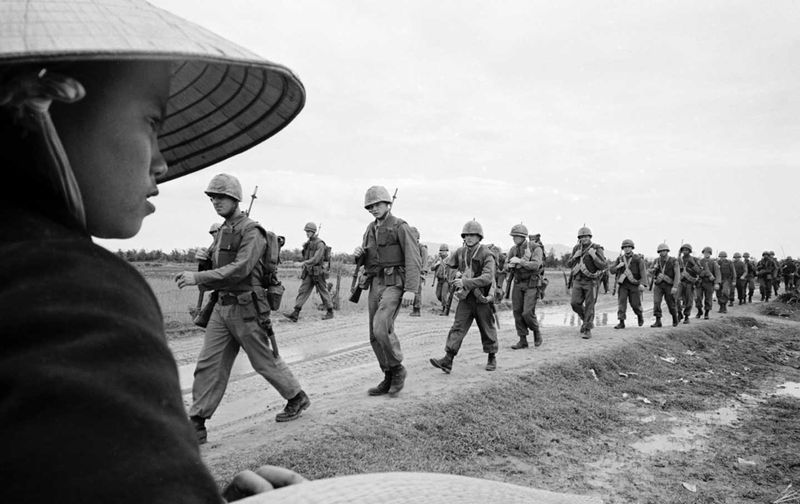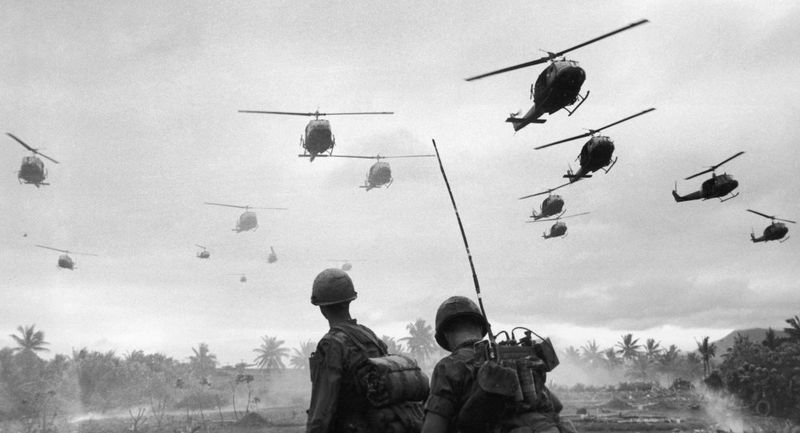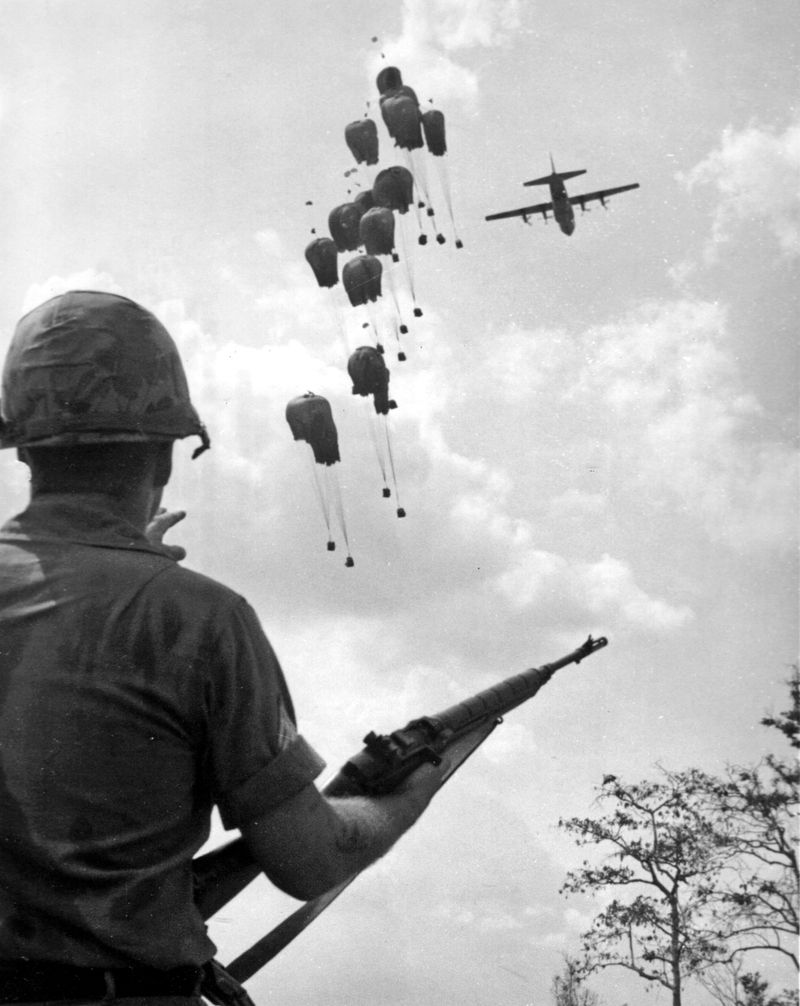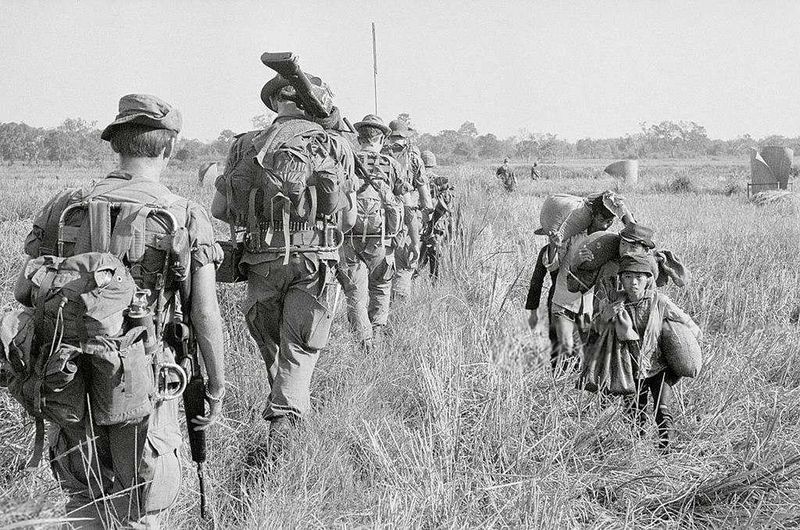During the Vietnam War, the use of stimulants among U.S. troops became a controversial and widespread practice. The military’s official sanctioning of amphetamines like Dexedrine aimed to keep soldiers awake and alert.
This reliance on drugs not only impacted military operations but also had lasting effects on the soldiers’ mental health and lives.
These 11 facts shed light on the complex relationship between warfare and drug use, exploring the ethical dilemmas, psychological impacts, and regulatory changes that arose from this dark chapter in military history.
1. Widespread Use of Amphetamines
The Vietnam War saw U.S. troops routinely issued amphetamines like Dexedrine to maintain alertness during long missions. These ‘go pills’ were given with little oversight, becoming almost as common as standard-issue gear. Soldiers hoped these would keep fatigue at bay, but the reality was more complex. While they did help extend the soldiers’ endurance, the psychological toll was significant. The pills sometimes blurred the line between vigilance and paranoia. The practice, shrouded in secrecy, left many questioning the moral implications of chemically enhancing soldiers’ performance in such a high-stakes environment.
2. Official Military Sanctioning
The U.S. Department of Defense officially approved stimulant use during the Vietnam War. Millions of amphetamine pills were distributed to troops through medics, marking a considerable military endorsement of such drugs. This official sanctioning aimed to provide soldiers with the stamina needed for prolonged combat situations. However, it also sparked debates over ethics and control, with questions about the military’s responsibility in pushing servicemen beyond their natural limits. As soldiers returned home, the war’s psychological scars were often intertwined with the imprints of these potent substances.
3. “Go Pills” and “No-Go Pills”
In Vietnam, soldiers resorted to a chemical rhythm, balancing ‘go pills’ for alertness and ‘no-go pills’ for rest. Amphetamines kept them awake, while barbiturates or sedatives helped induce sleep. This cycle was a dangerous dance, often leaving soldiers in a haze of dependency. The combination led to unpredictable side effects, exacerbating stress in an already volatile environment. While the intention was to manage fatigue, the result was often confusion and diminished effectiveness. The chemical seesaw showed the extent to which soldiers relied on substances to navigate the demands of war.
4. Psychological Toll
Prolonged stimulant use during the Vietnam War led to severe psychological effects for many soldiers. The consistent presence of amphetamines correlated with increased paranoia, aggression, and anxiety. In the chaotic context of war, these drugs amplified stress, sometimes pushing soldiers toward psychosis. Stories emerged of fighters who couldn’t distinguish reality from hallucinations in high-pressure combat zones. This psychological burden was a grim side effect of trying to gain an edge in warfare. The mental health crisis among veterans was partly rooted in these wartime drug practices, complicating their reintegration into civilian life.
5. Performance vs. Judgment
Stimulants like amphetamines were believed to boost stamina and reaction times, crucial in combat. However, they also impaired judgment, a critical element often overlooked. Soldiers on these drugs sometimes found themselves making rash decisions. Friendly fire incidents and tactical errors became more common as judgment was clouded by chemical influence. This unintended side effect highlighted the delicate balance between enhanced physical capabilities and mental clarity. The Vietnam experience underscored the danger of trading short-term efficiency for long-term cognitive health, raising questions about the actual effectiveness of drugged warfare.
6. Addiction in the Ranks
The aftermath of amphetamine use during Vietnam extended beyond the warfront. Many soldiers returned home with dependencies, facing new battles against addiction. This struggle was not limited to physical cravings but was deeply intertwined with mental health challenges. Veterans reported difficulties in adjusting to civilian life, haunted by the memories of war and the grip of substance abuse. The military’s role in these dependencies drew scrutiny, as the same drugs meant to aid them in battle became lifelong adversaries. This aspect of the war underscored a need for greater support systems for returning servicemen.
7. CIA and Special Forces Experiments
During the Vietnam War, there were whispers of secret experiments involving more potent stimulants on elite units like the CIA and Special Forces. These trials aimed to push the human body to its extreme limits for endurance missions. While official records remain elusive, anecdotal accounts suggest some soldiers participated in these experiments, facing unknown risks. The allure of creating a super-soldier, capable of unparalleled stamina, sometimes overshadowed ethical considerations. This clandestine chapter of the war raises questions about the boundaries of science and the lengths to which military powers would go for strategic advantage.
8. Comparison to WWII Practices
Amphetamine use in war wasn’t unprecedented; similar drugs were issued during WWII. However, Vietnam marked a more aggressive and sustained application, with larger quantities and broader distribution. In WWII, stimulants were used sparingly to combat fatigue. In contrast, Vietnam’s prolonged conflicts required consistent chemical intervention. The lessons from WWII were either forgotten or ignored, leading to enhanced usage. This historical comparison highlights not just a continuity of practice but an escalation in dependency on pharmaceuticals. Understanding these patterns provides insight into military policies and their evolution across different conflicts.
9. Black Market Distribution
The surplus and unregulated distribution of amphetamines led to a thriving black market among U.S. troops in Vietnam. These drugs, initially intended for combat readiness, found their way into unofficial channels. Soldiers often exchanged, sold, or misused pills, contributing to a shadow economy within the military ranks. The black market dynamic reflected larger issues of control and regulation, as well as the desperation of soldiers seeking respite from war’s demands. This underground trade also highlighted the complications in enforcing drug policies and the pervasive reach of amphetamines beyond sanctioned use.
10. Moral and Ethical Concerns
The use of amphetamines in Vietnam sparked significant moral and ethical debates within military circles. Medics and officers raised alarms about the implications of pushing soldiers past natural limits through chemical means. Concerns about exploitation and the responsibility of care for soldiers’ well-being surfaced frequently. This ethical quandary questioned whether enhancing performance at such a cost was justified. The debate extended beyond military applications, touching on broader societal issues about drug use and human limits. It prompted introspection about how far military strategies should go in altering human capacity for conflict.
11. Lasting Impact on Policy
The experiences with amphetamines during the Vietnam War left a lasting imprint on military drug policy. The challenges faced and lessons learned led to a reevaluation of drug use in military operations. New regulations were implemented, aiming for stricter controls and better oversight. The Vietnam experience served as a cautionary tale, influencing how later conflicts approached drug use. The legacy of these policies continues to shape military strategies today, emphasizing the need for responsible drug use and the well-being of soldiers. This shift reflects an ongoing effort to balance operational demands with ethical considerations.
